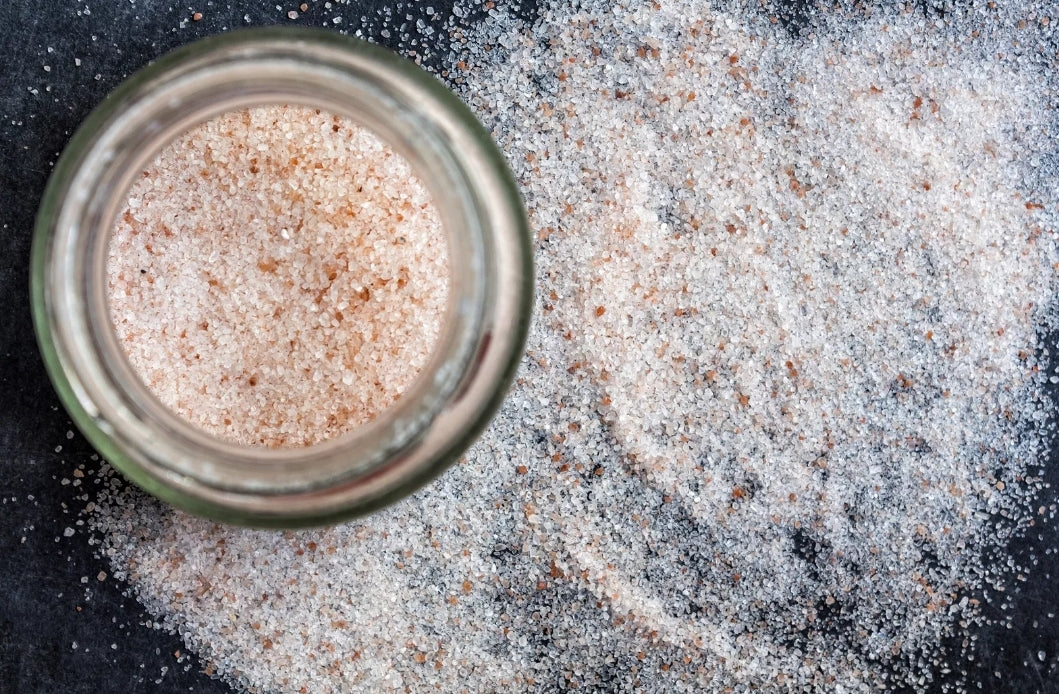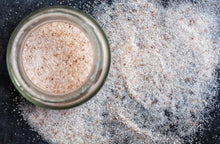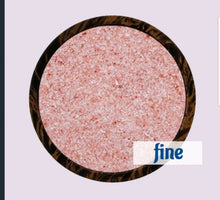Himalayan Pink Salt Powder (Fine )
Regular price
£1.00
Sale
Top-Op Virgin Himalayan Pink Salt ( Fine )
Some people describe pink Himalayan salt as one of the purest salts available, and say it boasts several health benefits.
But does this salt earn its place among the "healthier" salts? This article explores the possible benefits of this exotic salt.
What is pink Himalayan salt?
Pink Himalayan salt is chemically similar to table salt. It contains up to 98 percent sodium chloride.
The rest of the salt consists of trace minerals, such as potassium, magnesium, and calcium. These give the salt its light pink tint.
These minerals also explain why Himalayan salt tastes different from regular table salt.
How is it used?
People use this type of salt and common table salt in the same way: As part of cooking, to season meals, and to preserve food.
Blocks of pink salt sometimes become serving dishes, cooking surfaces, and cutting boards. Some people also use pink Himalayan salt in place of bath salts. It is also possible to buy lamps and candleholders made of pink salt.
Benefits and myths
There are several claims about the health benefits associated with pink salt consumption. These include:
Rich mineral content
Some sources say that pink Himalayan salt contains up to 84 different trace minerals.
As it contains up to 98 percent sodium chloride, this means that only around 2 percent is made up of these various trace minerals. Given the relatively limited quantities in which people normally consume salt, and the tiny quantity of these minerals in the salt, they are unlikely to provide any measurable or significant health benefits.
Lower sodium
Some people believe that pink Himalayan salt is lower in sodium than regular table salt. However, both types consist of approximately 98 percent sodium chloride.
As pink salt often has larger crystals than table salt, it technically contains less sodium per teaspoon. It also has a saltier flavor than table salt, meaning that a person can use less salt in a serving to achieve the same taste.
However, pink salt is also available in a smaller granule size that more closely resembles regular salt. Consider this when seasoning food and measuring sodium intake.
The American Heart Association (AHA) advises that over 75 percent of sodium intake comes from the salt already present in processed and prepared foods. Table salt does not add the bulk of sodium content to a meal.


